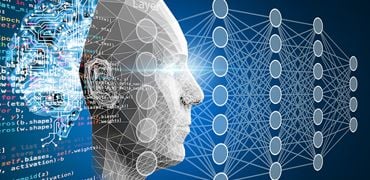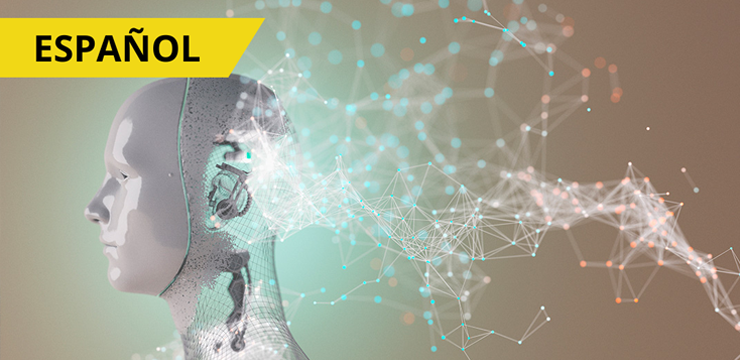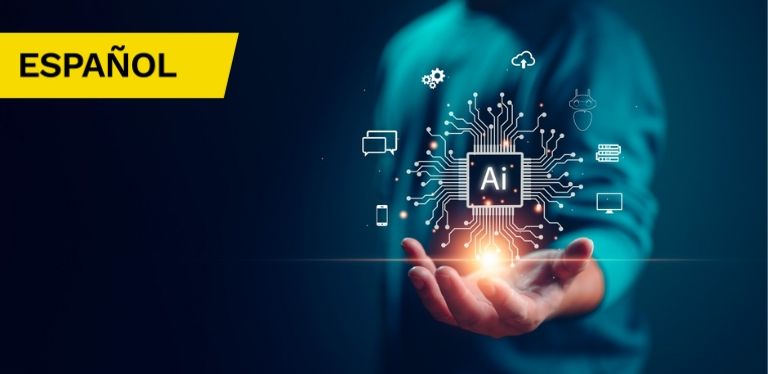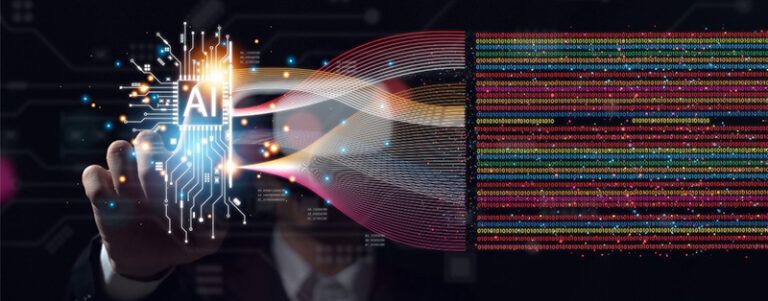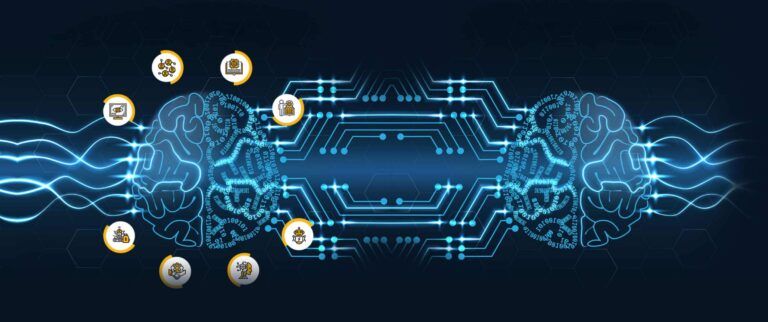What is Classification in Machine Learning and Why is it Important?

The world has become data-driven, and artificial intelligence and machine learning are using this data to understand society, predict business outcomes, and drive decision-making and growth. Classification in machine learning is one of the most common and widely used supervised machine learning processes. It helps in categorizing data into different classes and has a broad array of applications, such as email spam detection, medical diagnostic test, fraud detection, image classification, and speech recognition among others.
This guide is a deep dive into classification in machine learning, types of classification tasks, classification algorithms, and learners in classification problems. But before we dig deep, let’s understand some related concepts.
Overview of Supervised Learning
Supervised learning, or supervised machine learning, is a subcategory of artificial intelligence and machine learning. It employs human supervision to accurately label and train algorithms. Moreover, in this approach, the machine is trained with the help of labeled input and output data to analyze the training data and predict accurate outcomes for new and unseen data. Here, past data is used to train the algorithm to categorize file types, such as images, words, and documents, and then predict outcomes by learning the new data via learning patterns.
Supervised learning is beneficial for collecting and producing data output and helps solve real-world computation queries. Also, these supervised approaches are valuable in developing business applications. However, training the model can take time, and the process can become even more challenging while classifying big data.
The supervised machine learning algorithms can be broadly classified into two categories: Regression and classification.
Regression
A regression problem is used to predict the output for real or continuous values. Moreover, this technique aims to map a predictive relationship between dependent and independent variables.
Classification
A classification problem is used to identify specific categories of new observations based on one or more independent variables. Also, in this article, we will focus on classification.
Overview of Classification
Classification is a supervised machine learning process of categorizing a given set of input data into classes based on one or more variables. Additionally, a classification problem can be performed on structured and unstructured data to accurately predict whether or not the data will fall into predetermined categories.
Classification in machine learning can require two or more categories of a given data set. Therefore, it generates a probability score to assign the data into a specific category, such as spam or not spam, yes or no, disease or no disease, red or green, male or female, etc.
Some Applications of Machine Learning Classification Problems
- Image classification
- Fraud detection
- Document classification
- Spam filtering
- Facial recognition
- Voice recognition
- Medical diagnostic test
- Customer behavior prediction
- Product categorization
- Malware classification
Types of Classification Tasks in Machine Learning
Before discussing classification tasks in machine learning, let’s first take a brief look at classification predictive modeling.
Classification Predictive Modeling
In machine learning, classification is a predictive modeling problem where the class label is anticipated for a specific example of input data. For example, in determining handwriting characters, identifying spam, and so on, the classification requires training data with a large number of datasets of input and output. The most common classification algorithms are binary classification, multi-class classification, multi-label classification, and imbalanced classification, which are described below.
Binary Classification
Binary is a type of problem in classification in machine learning that has only two possible outcomes. For example, yes or no, true or false, spam or not spam, etc. Some common binary classification algorithms are logistic regression, decision trees, simple bayes, and support vector machines.
Multi-Class Classification
Multi-class is a type of classification problem with more than two outcomes and does not have the concept of normal and abnormal outcomes. Here each outcome is assigned to only one label. For example, classifying images, classifying species, and categorizing faces, among others. Some common multi-class algorithms are choice trees, progressive boosting, nearest k neighbors, and rough forest.
Multi-Label Classification
Multi-label is a type of classification problem that may have more than one class label assigned to the data. Here the model will have multiple outcomes. For example, a book or a movie can be categorized into multiple genres, or an image can have multiple objects. Some common multi-label algorithms are multi-label decision trees, multi-label gradient boosting, and multi-label random forests.
 Imbalanced Classification
Imbalanced Classification
Most machine learning algorithms assume equal data distribution. When the data distribution is not equal, it leads to imbalance. An imbalanced classification problem is a classification problem where the distribution of the dataset is skewed or biased. This method employs specialized techniques to change the composition of data samples. Some examples of imbalanced classification are spam filtering, disease screening, and fraud detection.
What is a Classification Algorithm?
A classification algorithm is a supervised learning technique that uses data training to determine data into different classes. Classification predictive modeling is trained using data or observations, and new observations are categorized into classes or groups. Classification predictive modeling is the task of a mapping function (f) from input variables (x) to discrete output variables (y). In this approach, the algorithm generates a probability score and assigns this score to the input. For example, email service providers use classification to generate probability scores for email identification to determine if the email is in the spam class or not.
Learners in Classification Problems
Lazy Learners
Lazy learners store the training data and wait until a testing dataset appears. The primary aim of lazy learning is to continuously update the dataset with new entries. However, as the data is continually updated, it becomes outdated frequently. Thus, these algorithms take comparatively less time to train and more time to predict. Lazy learning algorithms are beneficial when working with large, changing datasets with a smaller set of queried attributes. Lazy learning is easy to maintain and can be applied to multiple problems. Some examples of lazy learners include local regression, lazy bayesian rules and k-nearest neighbor (KNN) algorithm, instance-based learning, and case-based reasoning.
Eager Learners
Eager learners construct a classification layer before receiving the training and testing the dataset. Before it observes the input queries, eager learning builds an explicit description of the training function based on the training data. Because it is building a classification model, eager learning takes more time to train the dataset and less time to predict as compared to the lazy learning system. Eager learning is required to commit to a single hypothesis that covers the entire instance space. Some examples of eager learners include decision trees, naive Bayes, and artificial neural networks (ANN).
ALSO READ: How to Become a Machine Learning Engineer and Have a Lucrative Career
To conclude this comprehensive guide, with the evolution of digital technology, classification in machine learning has become a critical asset. The data landscape has made it imperative that we understand how data is being utilized by machine learning and apply the same to work. Classification in machine learning is opening up unparalleled opportunities for many industries and organizations to stay viable and thrive in a dynamic landscape.
If you are looking to develop your career in this field, explore the diverse range of online artificial intelligence and machine learning courses offered by Emeritus. These courses are created in collaboration with the top universities across the world to provide you with the most in-depth knowledge and skills.
Written by Krati Joshi
Write to us at content@emeritus.org



























